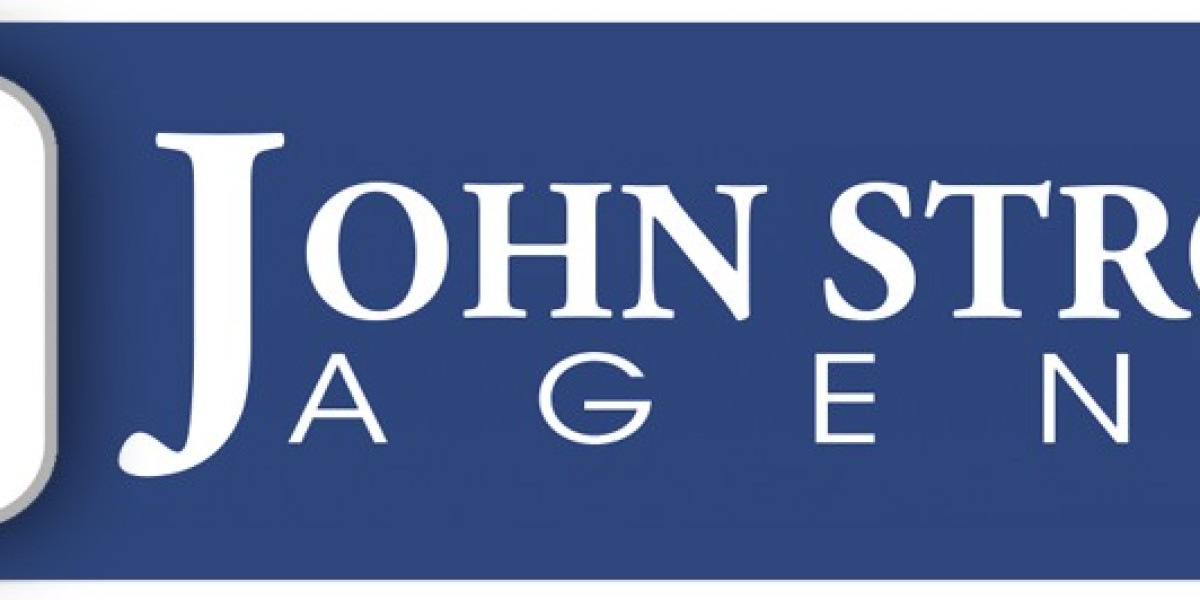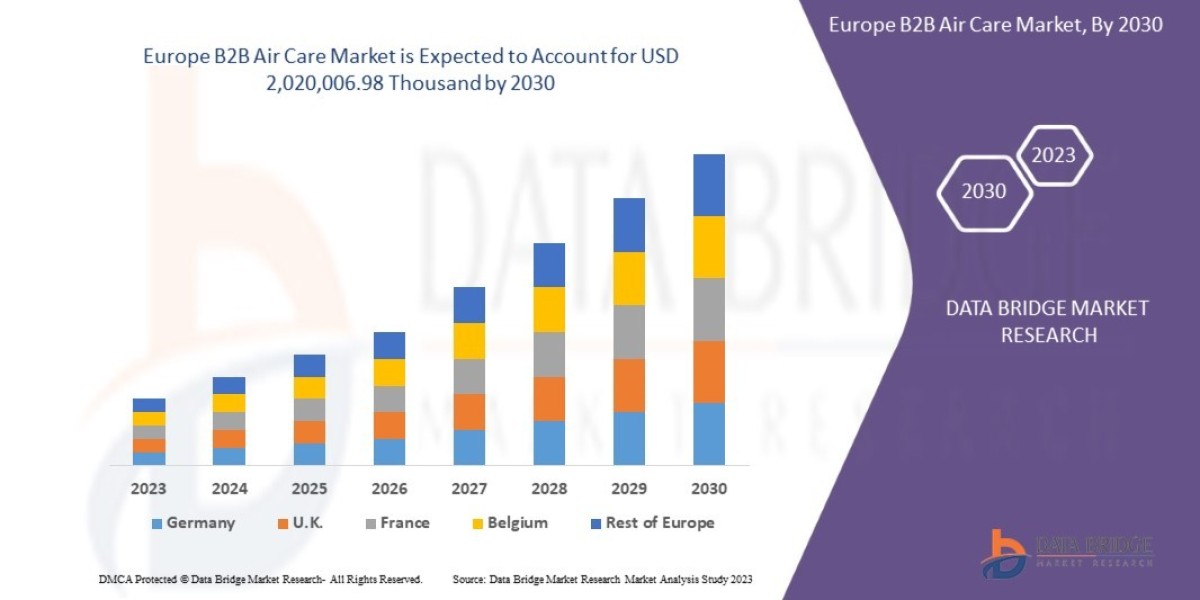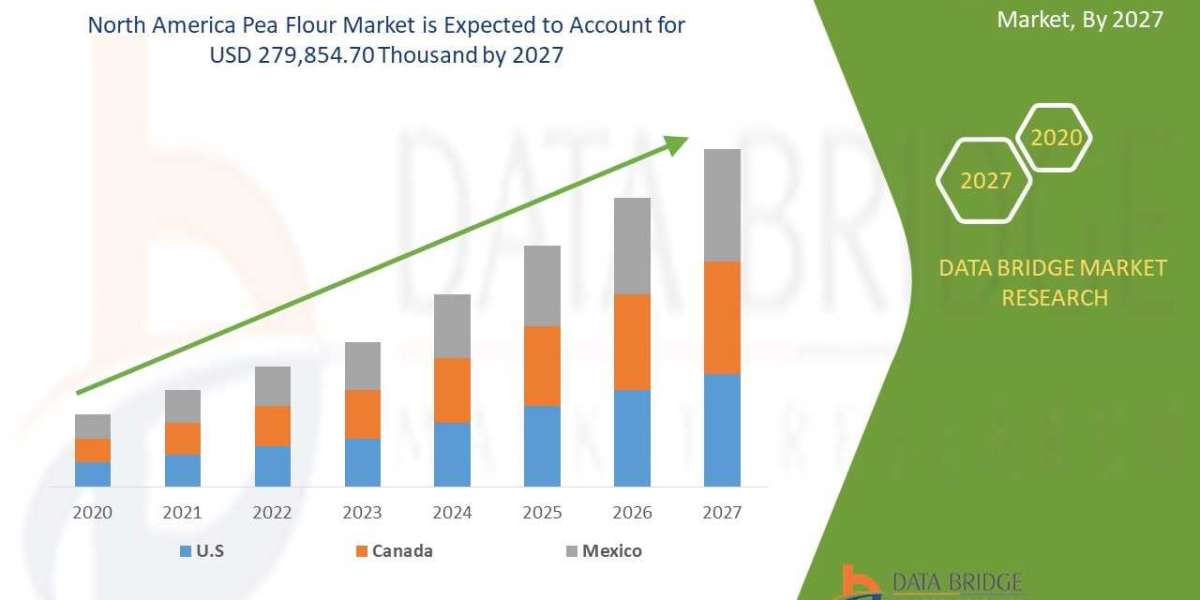Medicare is a vital program that provides healthcare coverage to millions of Americans, primarily individuals aged 65 and older, as well as those with certain disabilities. While Medicare offers comprehensive coverage for many healthcare services, it's essential to understand the concept of cost-sharing, which refers to the portion of healthcare expenses that beneficiaries are responsible for paying. In this comprehensive guide, we will explore the various aspects of Medicare cost-sharing, including deductibles, premiums, copayments, and coinsurance.
Medicare Part A Cost-Sharing
Medicare Part A primarily covers inpatient hospital services, skilled nursing facility care, and some home health services. Beneficiaries usually do not pay a monthly premium for Part A if they or their spouse paid Medicare taxes while working. However, there are other cost-sharing aspects to consider:
Deductible: Part A has a deductible that beneficiaries must pay before Medicare coverage begins for hospital stays. The deductible amount can change annually.
Coinsurance: After the deductible is met, beneficiaries may be responsible for coinsurance amounts for hospital stays exceeding 60 days.
Skilled Nursing Facility Coinsurance: If you require care in a skilled nursing facility, you may have coinsurance costs after the 20th day of care.
Medicare Part B Cost-Sharing
Medicare Part B covers outpatient services, including doctor visits, preventive care, and durable medical equipment. Beneficiaries typically pay a monthly premium for Part B. Other cost-sharing aspects include:
Deductible: Part B has an annual deductible that beneficiaries must meet before Medicare starts paying for covered services.
Copayments/Coinsurance: After meeting the deductible, beneficiaries are responsible for copayments or coinsurance, typically covering 20% of the Medicare-approved amount for services.
Medicare Advantage Plans
Medicare Advantage Plans (Part C) are private health insurance plans that offer the same coverage as Original Medicare (Parts A and B) and often include additional benefits like prescription drug coverage. These plans may have different cost-sharing structures, including premiums, copayments, coinsurance, and deductibles that can vary from one plan to another.
Medicare Part D Cost-Sharing
Medicare Part D provides prescription drug coverage. Beneficiaries can choose from a variety of Part D plans offered by private insurance companies. Cost-sharing in Part D includes:
Premiums: Beneficiaries pay a monthly premium for their chosen Part D plan.
Deductibles: Some Part D plans have an annual deductible for prescription drugs.
Copayments/Coinsurance: Beneficiaries share the cost of medications with their Part D plan by paying copayments or coinsurance for each prescription.
Coverage Gap ("Donut Hole"): Once you and your plan have spent a certain amount on prescription drugs, you enter the coverage gap, where you may pay a higher percentage of drug costs. The Affordable Care Act has been working to close this gap gradually.
Low-Income Assistance Programs
Medicare offers assistance programs for beneficiaries with limited income and resources. These programs, such as Extra Help and Medicaid, can help cover some or all of the cost-sharing expenses, including premiums, deductibles, and copayments, for those who qualify.
Medigap (Medicare Supplement) Insurance
Medigap policies are private insurance plans designed to help cover some of the out-of-pocket costs associated with Original Medicare, such as deductibles, copayments, and coinsurance. Medigap policies vary in terms of coverage, so beneficiaries can choose a plan that aligns with their specific healthcare needs.
Considerations and Planning
Understanding Medicare cost-sharing is essential for making informed decisions about your healthcare coverage. Consider the following tips:
Review Your Coverage Annually: Medicare costs and coverage can change from year to year. It's crucial to review your plan during the annual open enrollment period and make any necessary adjustments.
Evaluate Your Healthcare Needs: Consider your health status, prescription medications, and anticipated medical expenses when choosing a Medicare plan. A plan with higher premiums may offer lower out-of-pocket costs if you require frequent medical services or medications.
Explore Assistance Programs: If you have limited income and resources, explore programs like Extra Help and Medicaid to help reduce your Medicare-related expenses.
Consult with a Medicare Specialist: Medicare can be complex, and a Medicare specialist or counselor can provide personalized guidance and help you navigate your options.
For More Info:-









